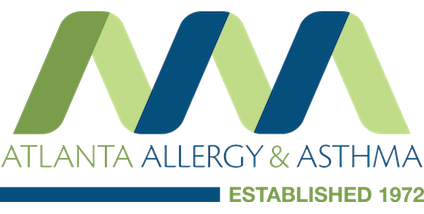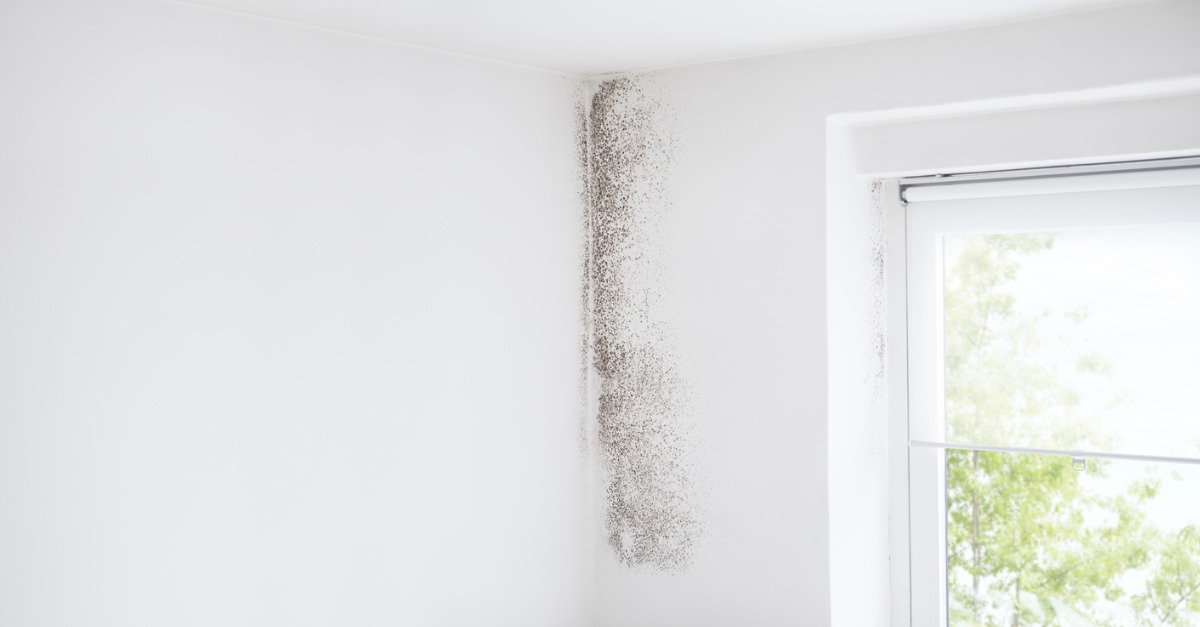Mold allergy triggers allergic symptoms like other airborne allergens such as pollen, dust and animal dander. Although it is difficult to stay away from outdoor airborne mold spores, there are things you can do to control mold levels in your home or workplace:
- Use a dehumidifier to decrease moisture in the air. Humidity levels below 50% are recommended
- Reduce moisture in bathrooms by using exhaust fans or opening windows
- Promptly repair leaks in your home, basement, and crawlspace. Clean up damage as quickly as possible
- Check and clean refrigerator drip pans and the bottom of garbage cans
- Regularly clean gutters and downspouts to keep water away from your home’s foundation
Mold Growth after Flooding
The summer season can bring additional problems for those with mold allergy. Flooding that may occur following hurricanes and big storms can cause mold to grow very rapidly in a home.
It is important to clean and remove mold as quickly as possible. Some household items can be cleaned and dried, but others may need to be thrown out. Severe flooding may require a professional company as mold can grow in sheetrock, drywall, and insulation.
Anyone can be affected by extremely high mold levels due to significant water damage, but for those with mold allergy and allergic asthma triggered by mold, the problems can be severe. See one of our board-certified allergists for guidance and a treatment plan should you find yourself in this situation.

